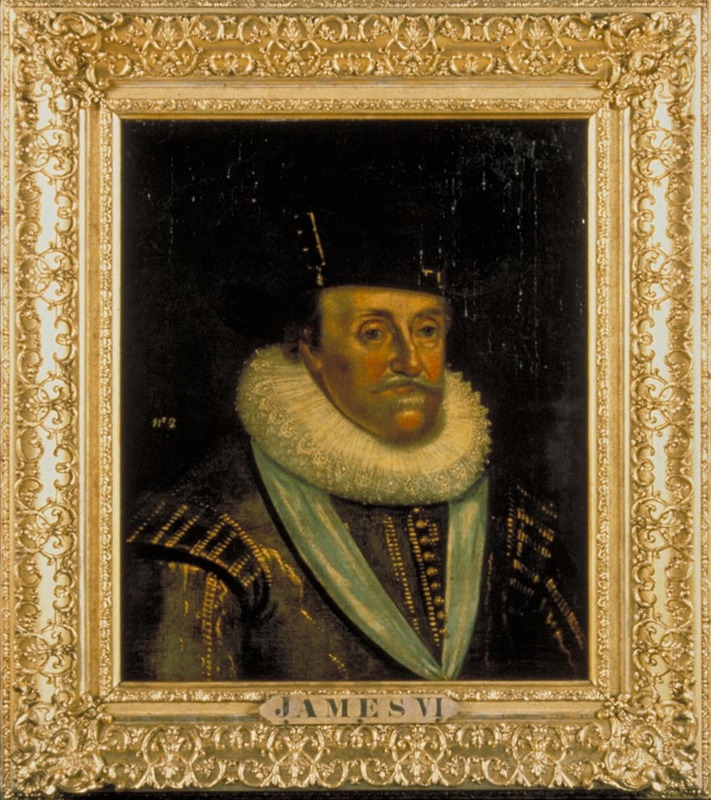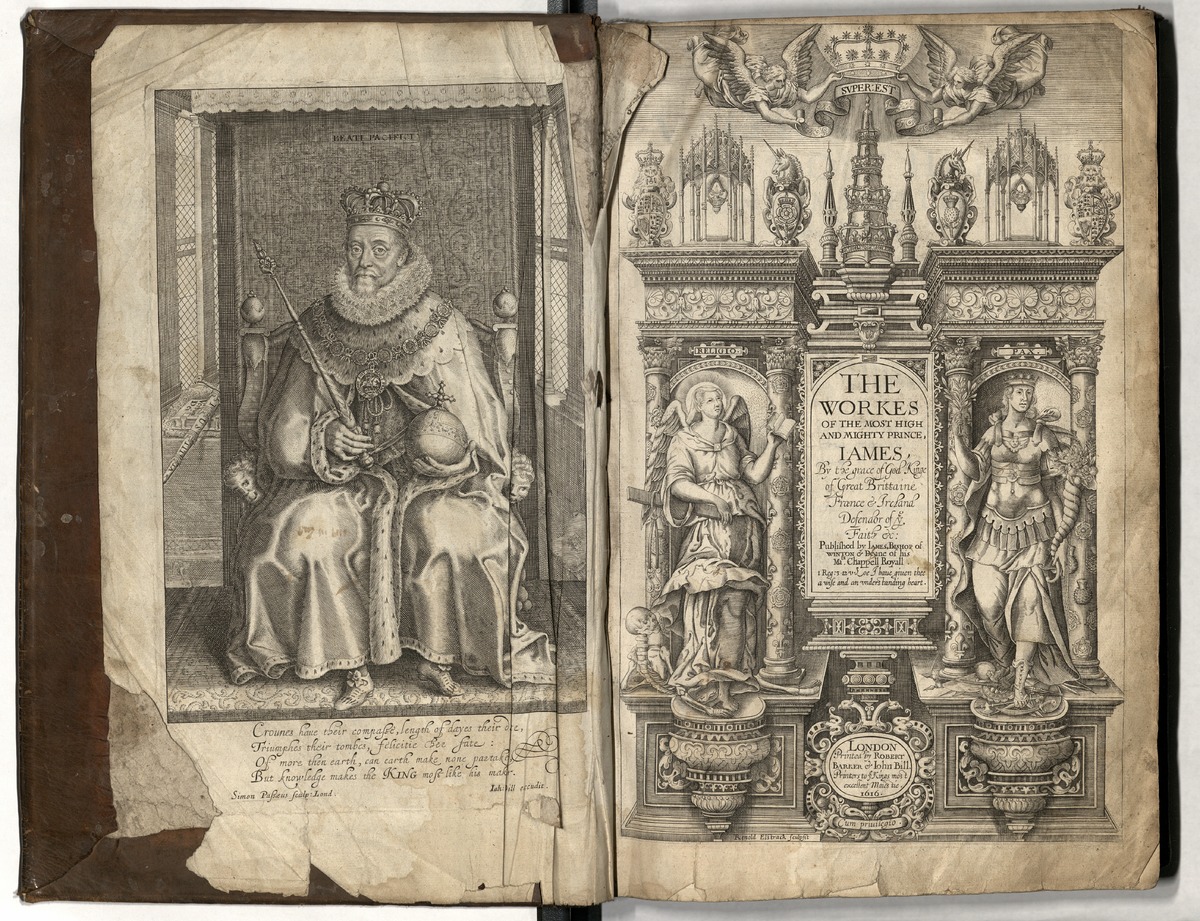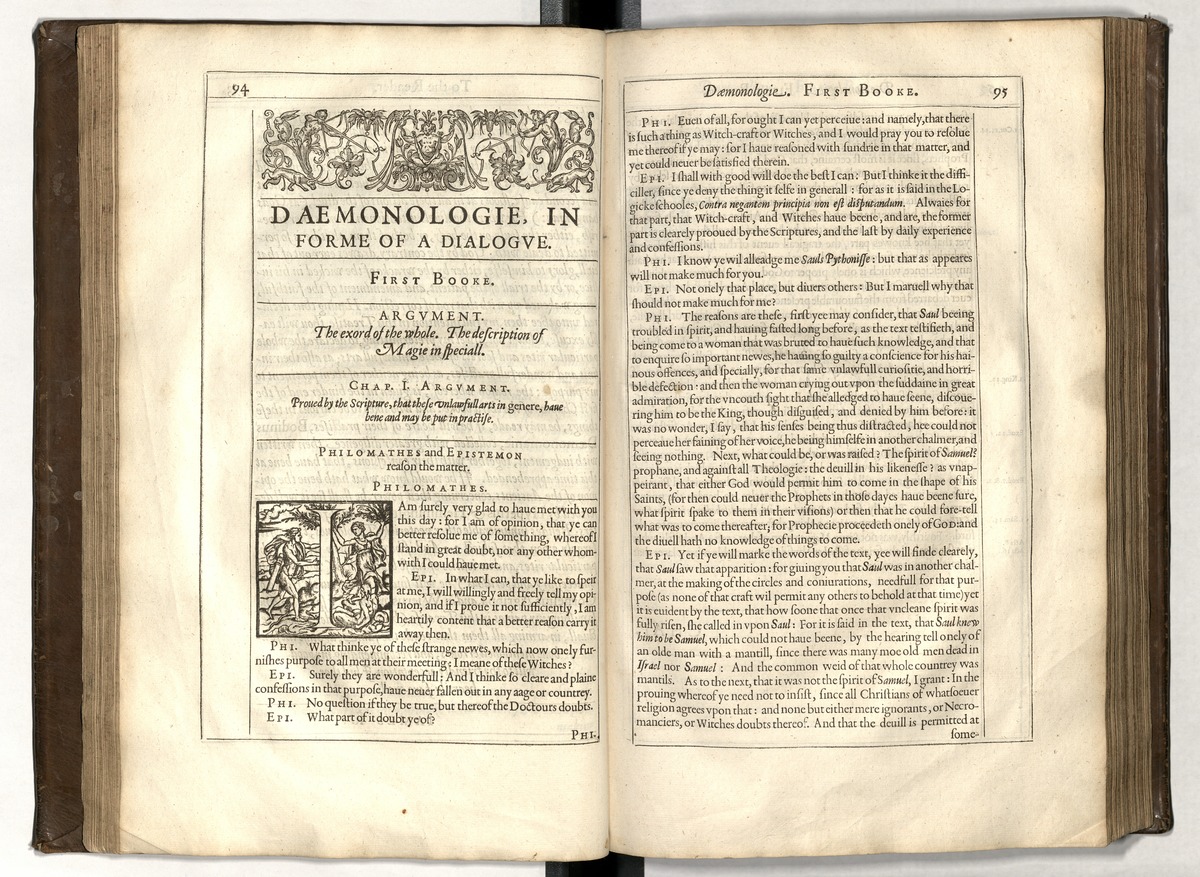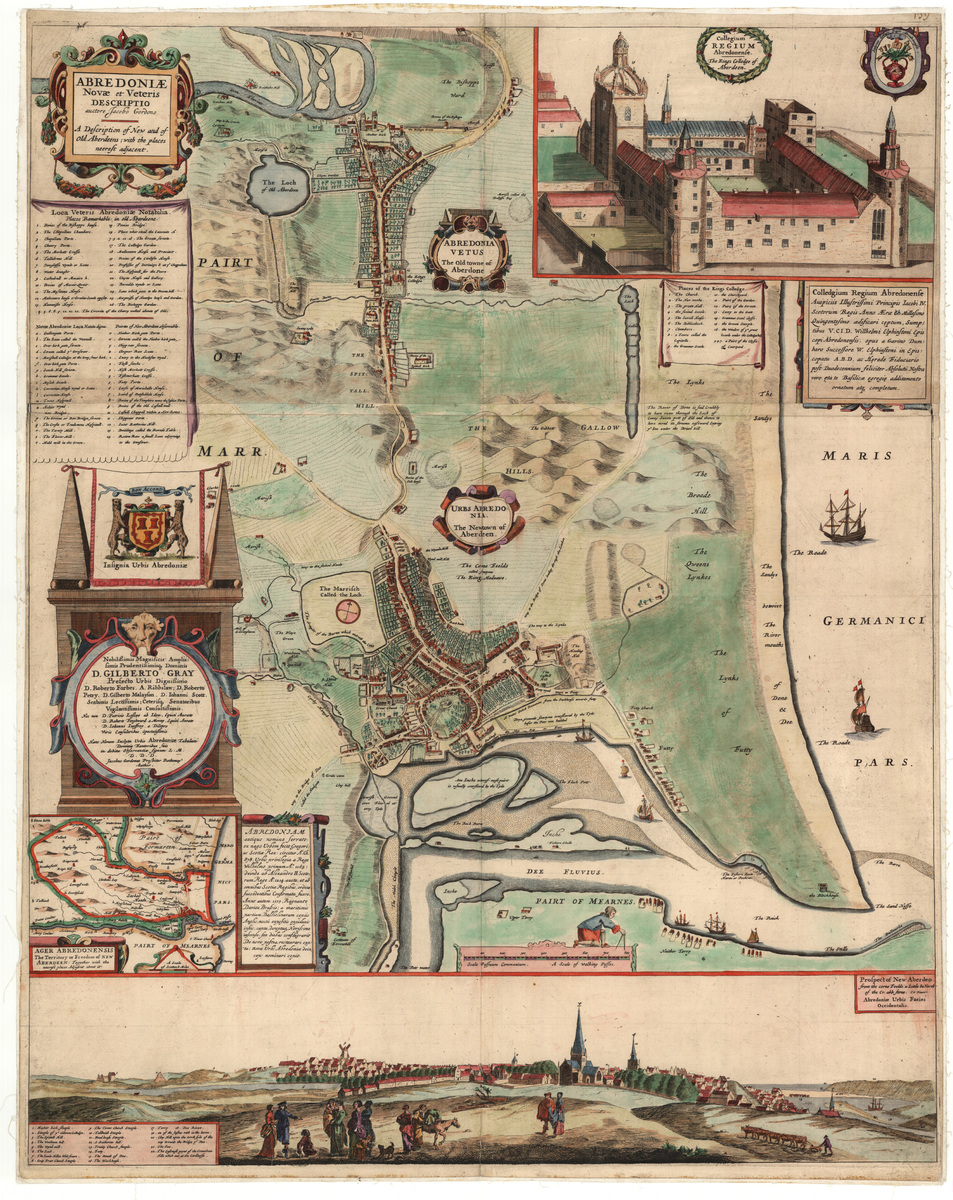Witch Hunts
Of all the people accused of witchcraft in Scotland’s history, 85% were women. Those making the accusations believed that female witches formed sexual pacts with the Devil, whom they supposedly worshipped. Whether witches did ‘good things’ like healing or ‘evil things’ like cursing someone was unimportant. Instead, the only question was the origin of their knowledge and power. Since most women were excluded from formal learning, the elite believed that women, along with the poor and illiterate, must have been getting their power from an evil source - from Satan himself.
The elite particularly focused on these issues during times of distress: warfare, famine, upheaval, disease, and trouble for the king. The church wanted Scotland to be a land free from sin and the influence of the Devil. If times were good, the church was not particularly interested in what magic workers and healers were doing. Occupying vulnerable social positions, lower status women had little protection. This made it easy for their neighbours and communities to blame them in times of turmoil. To many, hunting out witches gave them a sense of security that something was being done to ‘deal’ with these evils. Those accused of witchcraft could be subject to methods of judicial torture (thumbscrews, the iron boot, or whipping) and extrajudicial coercion such as sleep deprivation. Often due to this, the accused would confess and most likely be sentenced to death even if they retracted their confession.
Gallery
Click on an image to view full size.
Portrait of King James VI of Scotland,
19th Century copy of 17th Century work
King James played a crucial role in the Scottish witch hunts. After a rough sea-voyage from Denmark where he and the queen nearly died, James was convinced witchcraft was at play. This led to the 1590-91 witch panics, notably the North Berwick witch trials. The king believed he was the primary target of the Devil and his witch followers, representing a terrifying force that needed to be eliminated.
Daemonologie, In Forme of a Dialogue, Divided into three Books: By the High and Mighty Prince James,
First published 1597
This book by King James VI, the only monarch in history to write on the subject, led to thousands being persecuted for witchcraft. It ‘proved’ witches existed to a sceptical public. Scotland saw over 2500 people put to death as witches - the majority were women. Daemonologie outlines how extracting confessions from the accused using any means necessary was justified based on religious grounds.
Map of Castlegate, Aberdeen,
1661
This map by Parson Gordon of Rothiemay shows Castlegate and the Tolbooth as it was during the witch hunting period. Witches were held here, often in filthy and inhumane conditions. One of the accused, Margaret Fraser, managed to break free of the Tolbooth in 1636 and was reported to still be on the run some 25 years later.
Illustration of a set of false pricking needles,
mid 16th Century
Witch Prickers tried to locate the ‘Devil's Mark’ on the body. A needle was inserted in these blemishes and if the accused felt no pain and didn't bleed, they were confirmed as a witch. In reality, Witch Prickers often used false, retractable needles. This illustration comes from the book A Discoverie of Witchcraft (1584) by Englishman Reginald Scot, who dismissed witchcraft and said people were being misled.








